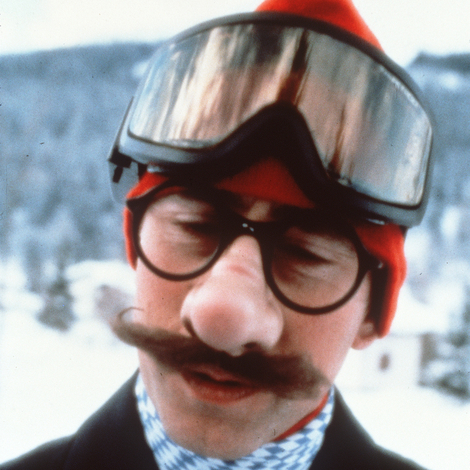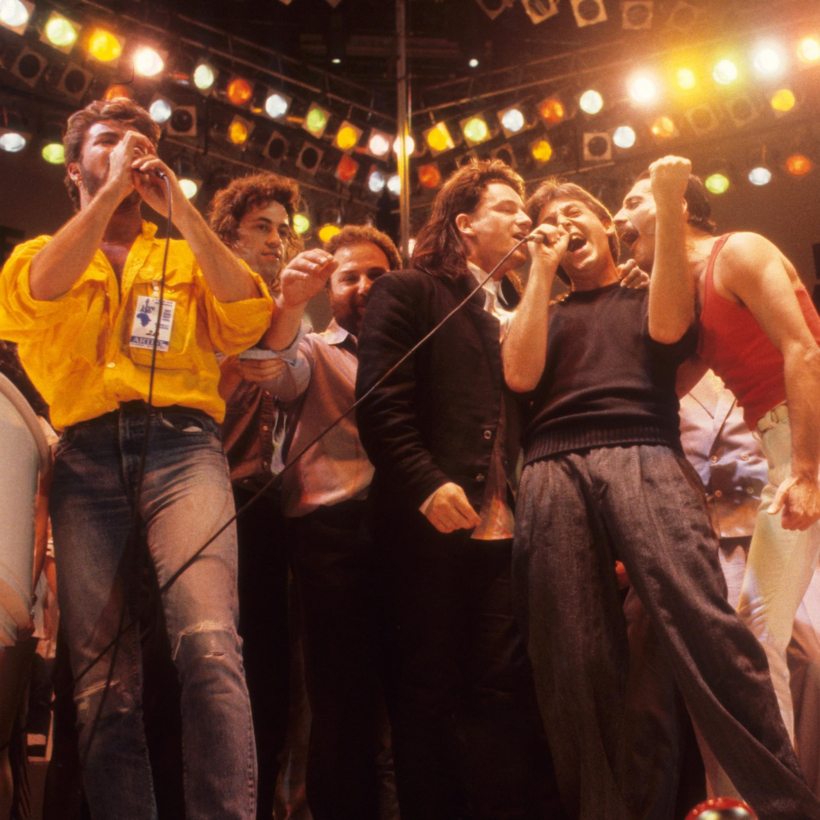Most books about the history of rock music are written by people who weren’t there when that history was made. It’s something they have in common with books about World War II: the authors may know all the facts, but they don’t feel the chronology in their bones the way they would if they had actually been there. I know lots of young people who know more than I do about the Beatles because they’ve grown up reading about them. On the other hand, I grew up living them.
I was born in 1950, which in pop-music terms is the winning ticket in the lottery of life. I checked this assertion with Stevie Van Zandt, the right-hand man of both Bruce Springsteen and Tony Soprano, who was born the same year, and he agreed. We were 13 when the Beatles came along, 15 when Bob Dylan recorded “Like a Rolling Stone,” 18 in the summer of Woodstock and Altamont, and for my part a mere 34 when I saw Paul McCartney take the stage at London’s Wembley Stadium in 1985 to close the Live Aid concert, with “Let It Be.”
At the time McCartney seemed a figure of considerable antiquity when set alongside the whippersnappers of the video age who made up most of the concert bill. It seemed reasonable to assume that he was retiring from active participation in the fray and would henceforth be seen in a ceremonial capacity. In fact, as events were to prove, “Macca” was just getting started. I decided I had to write Hope I Get Old Before I Die: Why Rock Stars Never Retire as soon as I realized that McCartney, the senior citizen of rock, was not at all ancient on that day. To be precise, he was 43.
At the time, 43 seemed old for a rock star. Elvis Presley hadn’t made it that far. McCartney at Live Aid marked the beginning of the time in which rock stars would be redefined. My book, which starts on that day in 1985 and finishes today, in a world in which that same Paul McCartney and contemporaries such as Bob Dylan and Mick Jagger are still picking up Grammy Awards, headlining Saturday Night Live, competing for attention with the likes of Taylor Swift, having their life stories acted out on the cinema screen, and generally hogging an indecent amount of the limelight, is all about how the profession which was supposed to have the life expectancy of a mayfly turned into the job from which it would be impossible to retire.
McCartney, the senior citizen of rock, was not at all ancient on that day. To be precise, he was 43.
You can write about this only if you saw it happen in real time. Having been born in 1950, I have had the unique privilege of watching these older-brother figures who once looked down from my bedroom wall become huge stars, ascend into myth, make fortunes and lose them, grapple with middle age, get divorced and disgrace themselves, change their diets, hire personal trainers, get showered with knighthoods and Nobels, and still be hailed as icons in their senior years.
During that time I have seen these stars be very bad as well as very good. I have watched their hairlines recede and in some cases magically return. It’s been an experience which was not available to earlier generations. It’s as though I have been able to follow my high-school classmates all the way through life. These are the fantasy friends we acquire at the age of 14 and never lose: they stick around as long as they do because they’re as addicted to getting our attention as we are to giving it to them. Turns out it makes us both feel young.
David Hepworth is a British music journalist and the author of 1971: Never a Dull Moment—Rock’s Golden Year

